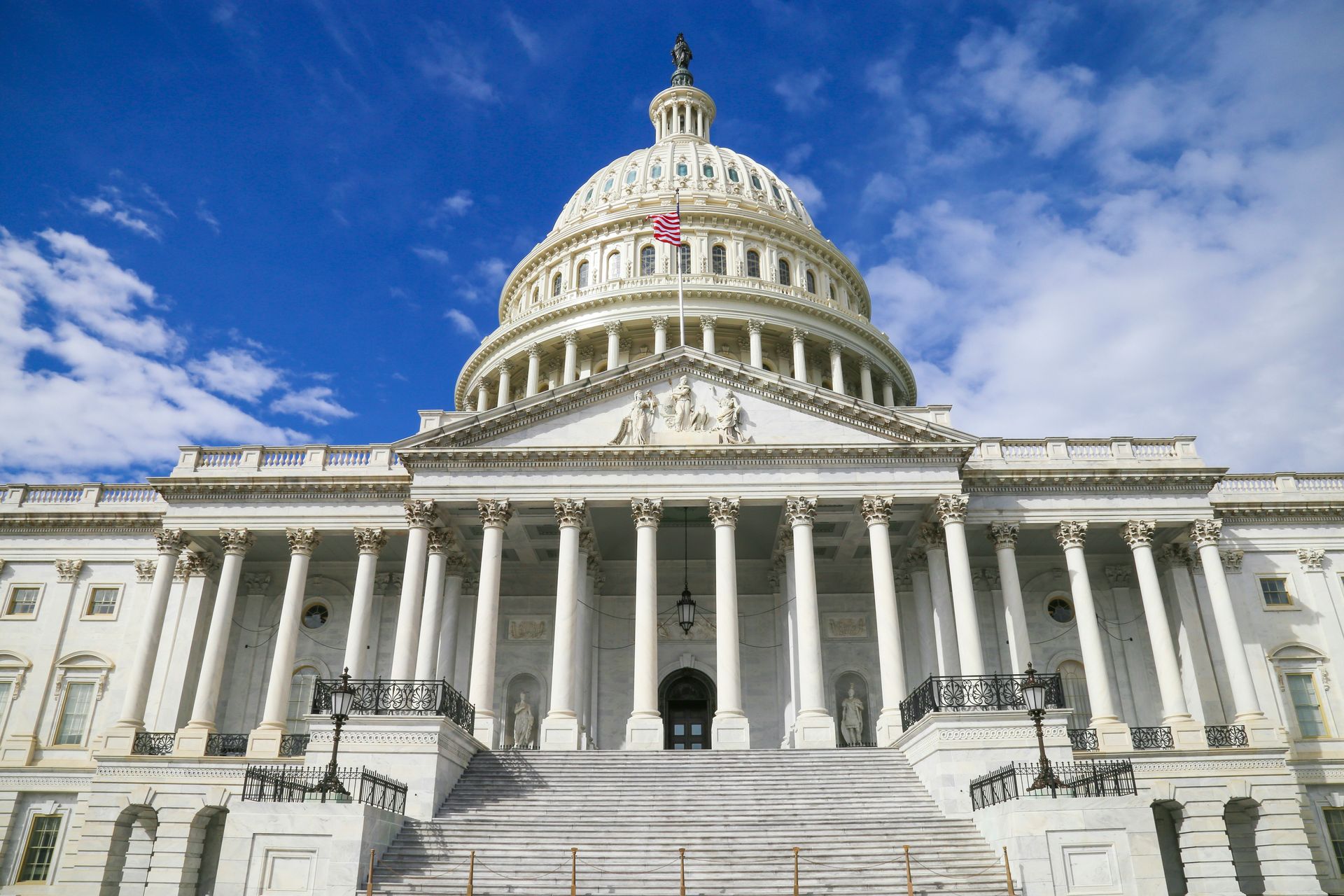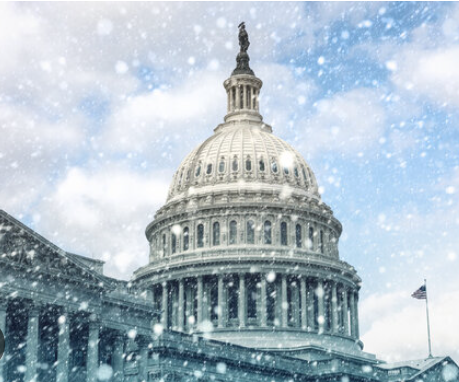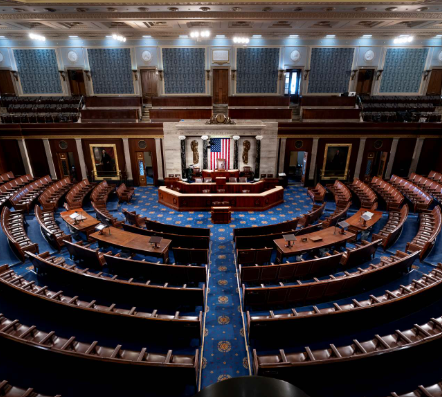Working Together in Idaho: Apprenticeship Idaho Coalition
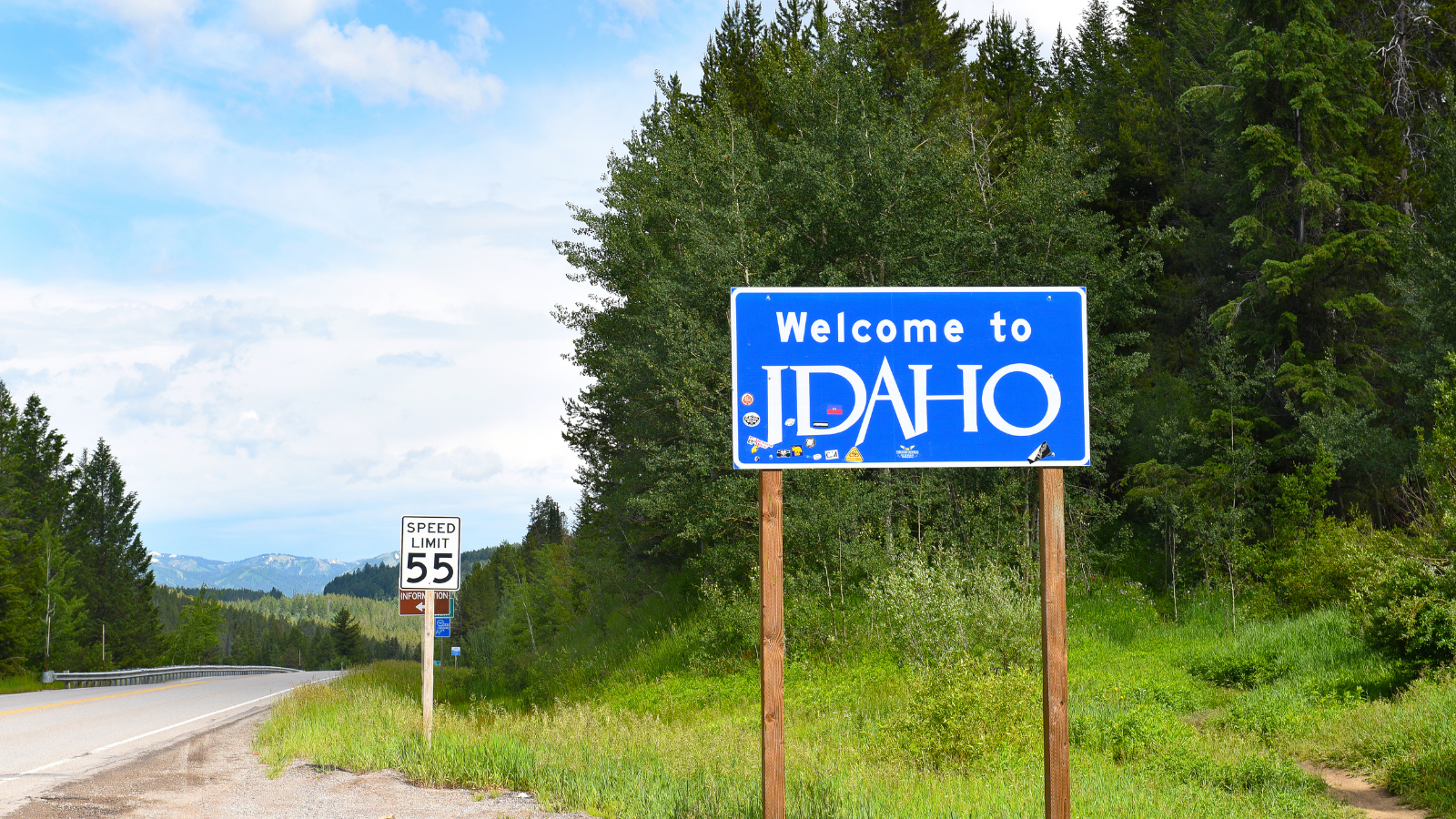
By: Wendi Secrist, Executive Director, Idaho Workforce Development Council
In Idaho we have formed a coalition of partners around three federal grants to grow apprenticeship with a mutual focus on the benefits that Apprenticeship offers employers and Idahoans. Apprenticeship helps employers gain an employee who can contribute in the workplace immediately, retain workers, tailor training, while making an overall investment in Idaho’s workforce. For Idahoans apprenticeship gives them an option to earn while they learn, gain a nationally recognized credential, use experience they may already have on their resumes, work directly with mentors, and start working immediately without taking on debt.
In the past three years Idaho has received grants from the U.S. Department of Labor totaling over $10 million to jump-start our work to expand apprenticeship opportunities to Idaho’s youth and adults while harnessing the power of customized training at Idaho’s six technical colleges. The recipients of these grants collaborate to connect employers to education, training, and apprentices.
U.S. Department of Labor Grants awarded in Idaho:
Idaho Workforce Development Council received a Youth Apprenticeship Readiness Grant for $2,490,630 in July 2020 to develop 400 registered apprenticeships for Idaho youth between the ages of 16-24. Idaho Business for Education (IBE) is the intermediary charged with developing the programs throughout the state. IBE is focused on connecting employers to talent available in the high school and college Career and Technical Education programs which provide extensive workforce readiness skills to students.
The Idaho State Board of Education received a Closing the Skills Gap Grant for $1,998,139 in March 2020 that is being administered by the Idaho Division of Career Technical Education (IDCTE). IDCTE is partnering with several of Idaho’s postsecondary and workforce training institutions to align apprenticeship with degree programs. The proposed number of apprentices served under the Closing the Skills Gap Grant is over 2,000.
Idaho Department of Labor received an award in 2019 of $1,331,000 resulting in hiring three dedicated staff that have helped streamline the process for employers to develop and start registered apprenticeship programs. In 2021 Idaho Department of Labor received a $4.25 million federal grant to expand and diversify registered apprenticeships. The Idaho Department of Labor will use the grant funds to develop a robust recruitment strategy for reaching underserved populations and create a federally recognized Registered Apprenticeship program for in-demand industries, like advanced manufacturing, health care and information technology.
As a result of this work, the number of Idaho businesses sponsoring apprenticeships has grown more than 320% percent from 2017 to present, and the number of registered apprentices has increased 67 percent. Today, more than 369 Idaho employers have helped double the number of registered apprenticeship programs in two years, while the number of registered apprentices has grown more than 25 percent.
It would have been easy to operate these programs in silos, each pursuing employers and recruiting apprentices separately. However, we decided to take a coordinated approach by engaging core and intermediary partners through the Apprenticeship Idaho Coalition. This group consists of a core Apprenticeship Idaho group including: Idaho Workforce Development Council, Idaho Department of Labor, Idaho Business for Education, the AFL-CIO's Idaho Workers Opportunity Network, and Idaho Division of Career and Technical Education. This group is focused on creating a smooth experience for employers and Idahoans looking to engage with apprenticeship. Every other month a larger group convenes that includes representatives from the colleges, Veterans Services, the JATCs, and other stakeholders actively engaging or supporting apprenticeship in Idaho.
The Coalition has mapped an “employer journey” and an “apprentice journey”. The employer journey includes a shared customer relationship management tool so that partners can see when another is already working with the employer. Each partner is cross-trained on the services provided by the grants and does not hesitate to pull one another in to ensure both employers and apprentices have access to all the services needed for success. To accomplish this level of coordination we worked with our respective federal project officers to ensure that we are tracking our efforts correctly – taking credit for grant activities as appropriate.
One very visual representation of this active collaboration and coordination of efforts is the number of events listed under the Apprenticeship Idaho name for this year’s National Apprenticeship Week. Our goal is to work together to create a streamlined experience for Idahoans and employers to connect to services related to apprenticeship. Our coalition, our regular communication, and our active collaboration are integral parts in creating this experience.
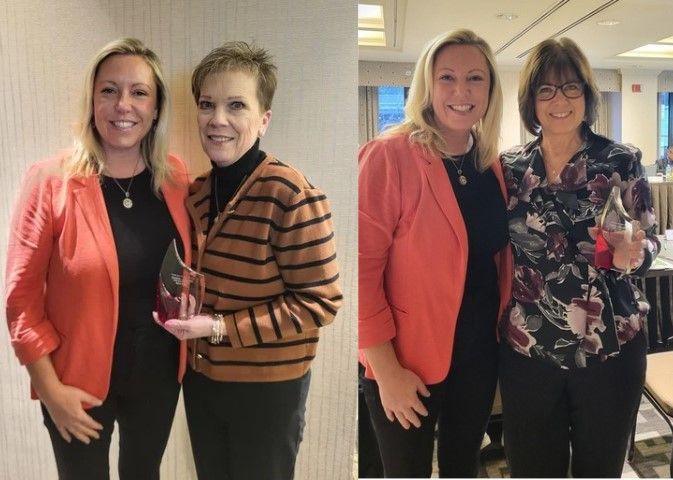
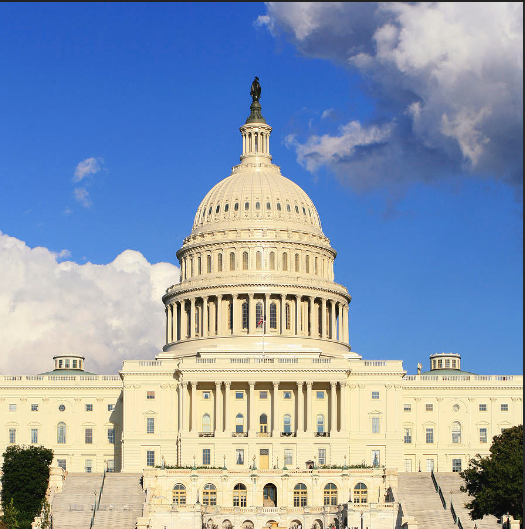
National Association of Workforce Boards | All Rights Reserved |
Created by Olive + Ash.
Managed by Olive Street Design.


